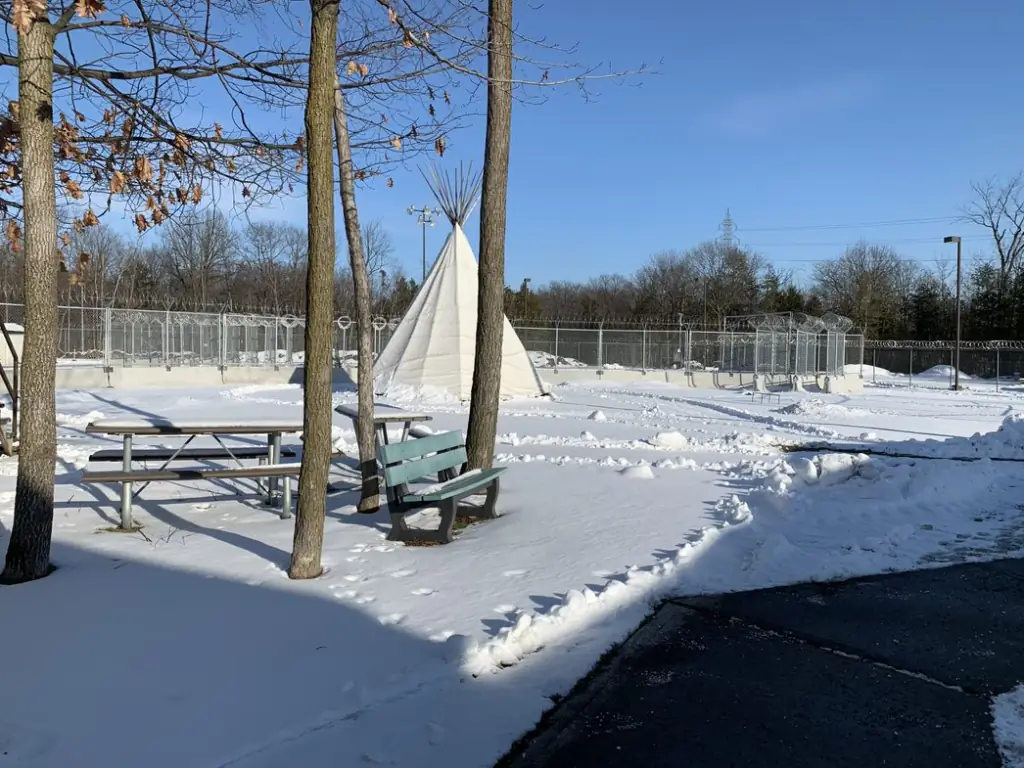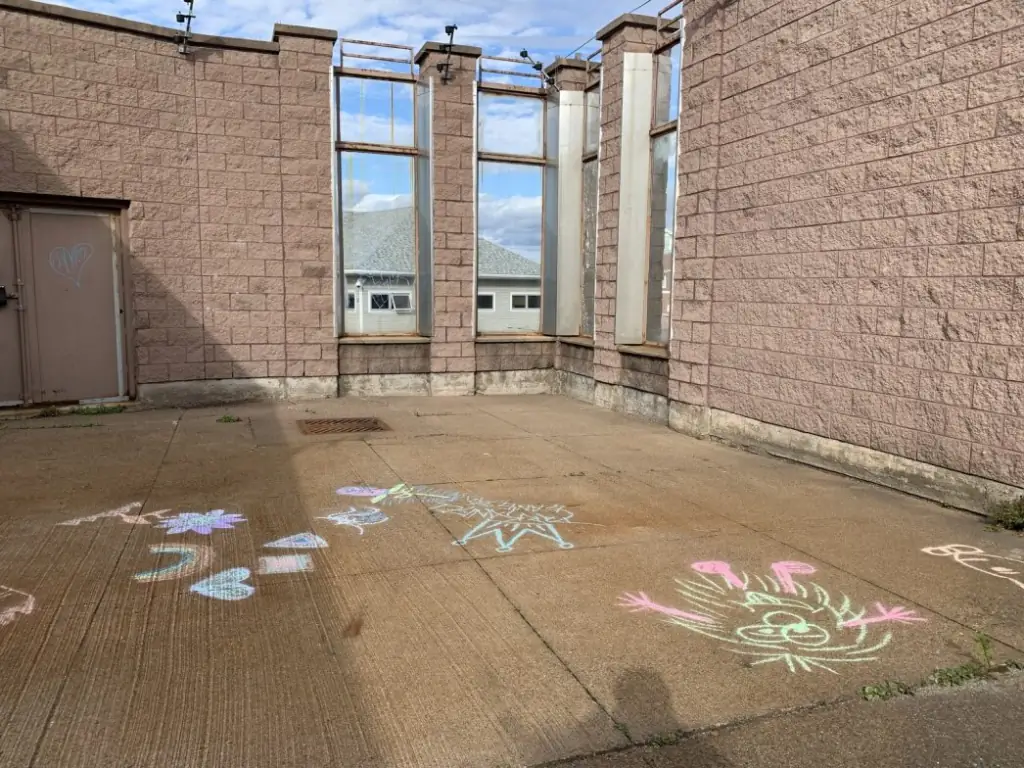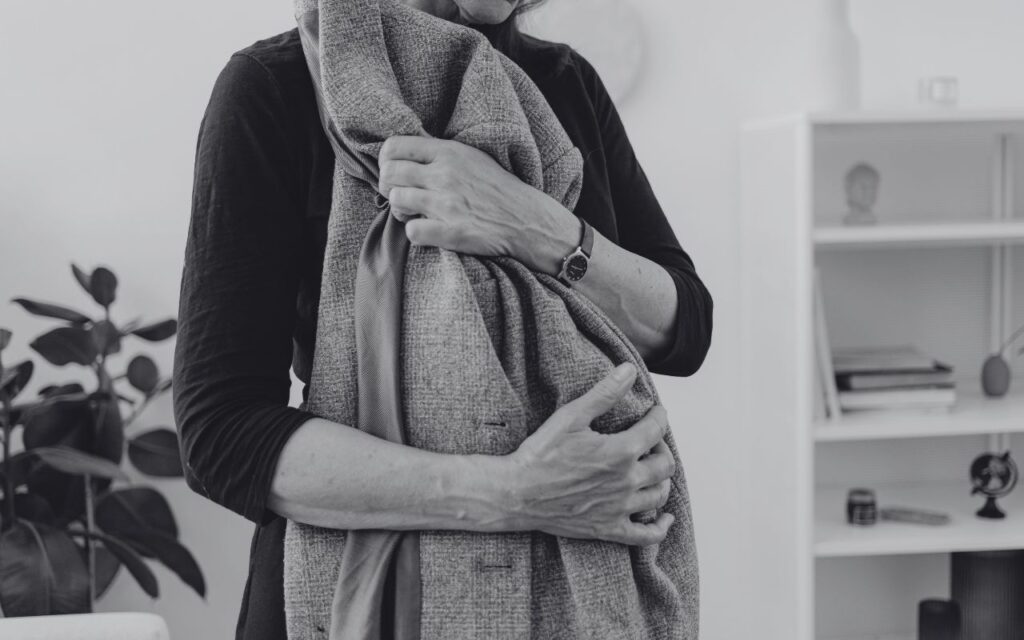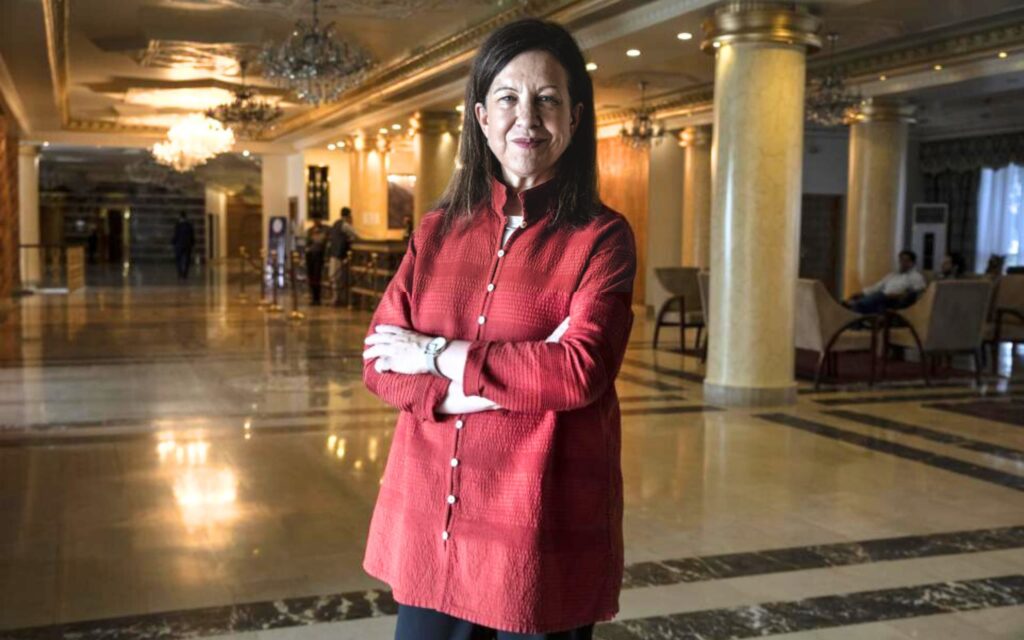
Indigenous women and girls are the fastest-growing prison population
The same issues that give rise to Indigenous women and girls being the fastest-growing prison population in Canada are the same issues that result in them being disproportionately likely to go missing, or end up homeless, impoverished, living on the streets, or murdered.
This is especially true of those with histories of past trauma caused by residential schools, experiences in the child welfare system, and racist, misogynist violence.
According to the Office of the Correctional Investigator, Indigenous women now represent 50 per cent of those serving sentences of two or more years in Canada. In Saskatchewan alone, a 2022 Senate of Canada report documented that some 75-90 per cent of the women remanded in custody and serving prison sentences of less than two years are Indigenous.
And that’s not the worst of it. Statistics Canada has found that a full 98 per cent of the young women and girls in custody in youth jails in Saskatchewan are Indigenous, and the numbers are similar in Manitoba and the three northern territories.
98% of the young women and girls in custody in youth jails in Saskatchewan are Indigenous.
Racism and injustices start with the education and child welfare system and tend to fast track Indigenous youth into the juvenile and adult systems. This raises many concerns, particularly given that Indigenous Services Canada has demonstrated that while Indigenous youth represent 7.7 per cent of the Canadian population, they make up over 53 per cent of children in the child welfare system. This is simply not acceptable, and a clear indication that things need to change.
While Indigenous youth represent 7.7 % of the Canadian population, they make up over 53 % of children in the child welfare system.
Criminal law policies increase both the criminalization and imprisonment of Indigenous people
Criminal law policies such as mandatory minimum penalties increase both the criminalization and imprisonment of Indigenous people. That’s because these policies not only drive up the average length of sentences for all criminal convictions, but they induce accused people to plead guilty to lesser charges rather than face a trial when charged with an offence that carries a mandatory minimum penalty.

This is especially true when it comes to cases involving women who have experienced violence. The majority of women who fight back in the moment end up dead. Those who survive have often encountered a lack of police or other state protection, and then face serious charges when they act to protect themselves or others in their care, including mandatory minimum penalties or mandatory life sentences for murder.
Even when women may have used lethal force to defend themselves or their children, they are often held criminally responsible.
This is largely a result of the combined impact of the misogynist and racist responsibilization of women for the abuse they experience, and the reality that the law of self-defence was developed around the way that men fight, at a time when women and children were largely considered the property of their fathers or husbands.
One of the major issues facing criminalized Indigenous women is that too often Crown and defence counsel don’t have a relevant understanding of misogynist or racist violence. Even when women or their lawyers raise the context of the very real threats and abuse these women have experienced, that information is more likely to result in prosecutors incentivizing women to plead guilty rather than face the prospect of being found guilty and therefore subjected to mandatory sentences — including life imprisonment.
Once jailed, Indigenous women disproportionately experience discriminatory assessment and classification systems which further exacerbate harsh punishment and longer, more oppressive conditions of confinement. They are more likely to spend more time in various forms of segregation and solitary confinement, less likely to have access to services and programs, and therefore less likely to be conditionally released or paroled, according to the Senate Standing Committee on Human Rights. All of this decreases their access to community and rehabilitative supports, particularly for those women who experience disabling mental health issues.
Mandatory minimum penalties create the false impression that Canada is effectively addressing criminal law reform by being “tough on crime.” In reality, these penalties do nothing to proactively address the root causes and circumstances that result in the mass criminalization and incarceration of the most marginalized, particularly African Canadians and Indigenous peoples.
There is no measurable benefit to be gained by continuing to rely on mandatory minimum penalties
In fact, the government’s own data confirms decades of research: there is no measurable benefit to be gained by continuing to rely on mandatory minimum penalties. Even Department of Justice analyses reveal that punitive sentencing measures are not effective at deterring people from committing crimes, preventing people from being victimized, or improving public safety.
Numerous reports over many decades have chronicled the state of emergency and desperate need for social, political, economic, and cultural interventions with and for Indigenous peoples throughout this country. This reality notwithstanding, efforts to reduce the incarceration rates of Indigenous people in Canadian prisons has inadvertently resulted in the exponential increase in those numbers.
And so, the ongoing colonial injustices of forcible removal and institutionalization perpetuate the historical devastation of communities and generations.
But we have other options. Instead of accepting the preponderance of Indigenous peoples in our criminal legal and prison systems, we can invest in community-based, Indigenous-led approaches that could disrupt the poverty-to-prison pipeline, and finally create a system that gives Indigenous women and people the protection and possibility they deserve.








